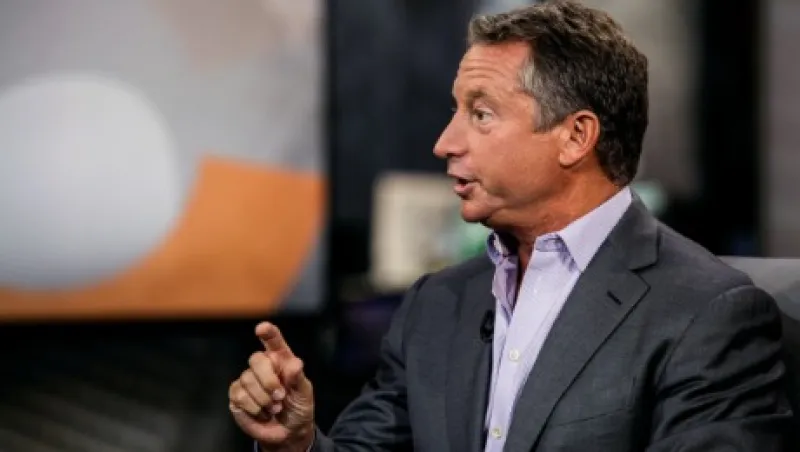The recent rout in the $1.3 trillion U.S. high-yield corporate debt market sent investors running for the exits. The panic began when the $789 million Third Avenue Focused Credit Fund, based in New York, blocked redemptions December 10 and was followed by rising redemptions at other funds with high allocations to energy and commodity bonds. The outlook on high-yield bonds remains negative. “I think the high-yield market will remain under stress as long as commodity prices and energy prices stay this low,” says Jeff Tjornehoj, head of Americas research at Lipper.
The market swoon has investors worried about current holdings and cautious about new allocations. Some investors who have done well in junk bond investing, however, caution against a full retreat. Instead, they suggest that now might be a good time to start thinking about putting money to work in junk bond funds. “We don’t think the Third Avenue liquidity crisis really is the canary in the coal mine for the high-yield corporate-bond market. We worry about excesses, but we don’t think we’re in danger of the broad high-yield bond market collapsing,” says Terri Spath, chief investment officer at Sierra Investment Management in Santa Monica, California.
Sierra, with $2.3 billion in assets under management, has a mandate that allows the firm to buy 100 percent in some of its junk bond funds — or to trim high-yield credit allocations to the bone. “We got sell signals on every potential vehicle that we could put money into for high-yield corporate bonds when there was massive concern about China taking down the whole planet. So we exited there,” says Spath. But today the speculative-grade bond market is starting to look more attractive. “We have not started putting money to work, but I think we’re close,” she says.
More defaults are on the way. There are 187 companies with $222 billion in speculative-grade debt that Standard & Poor’s identifies as the “weakest links,” meaning they are rated B-minus or less, according to Diane Vazza, head of global fixed-income research at the New York–based credit-rating agency. S&P is forecasting that 60 to 87 more U.S. junk bond issues will default by the third quarter of 2016. S&P estimates that $66 billion of oil and gas junk bonds are distressed, that is, they trade at spreads of 1,000 basis points or more over Treasuries. In metals, mining and steel, 72 percent of bonds, some $29 billion worth, are distressed.
Yields of components of the Barclays U.S. Corporate High Yield index, a measure of the broad junk-bond market, rose to 8.95 percent December 21, which is a long way from the 4.8 percent yields at the recent market top, in June 2014. These bonds are changing calculations about whether or not to put new money to work in junk. “Perhaps at nearly 9 percent, this is a better entry point than at 4.8 percent, when money was flooding into this asset class,” says Sandy Rufenacht, CIO and co–portfolio manager at Three Peaks Capital Management, a Castle Rock, Colorado, company with $554 million in assets under management. “We have started buying,” he adds.
The Aquila Three Peaks High Income Fund was rated in the top 1 percent of high-yield funds in 2015, according to Morningstar. The fund returned 3.41 percent as of December 21, compared with a 4.9 percent decline over the same time period in the investment-grade Barclays Capital U.S. Aggregate Bond index. Last summer Rufenacht moved funds out of lower-rated into higher-rated credits and also shifted from longer- to shorter-duration bonds to better position the fund for challenges of expected higher defaults and higher interest rates.
The problems in the high-yield market may, however, signal something more troubling: the possible turning of the credit cycle, according to Ara Lovitt, portfolio manager at GMO in Boston. For Lovitt, the spread of distress into general CCC-rated credits is a sign the credit market is turning. Yields on CCC-rated bonds have skyrocketed to 16.74 percent as of December 21 on the Bank of America Merrill Lynch U.S. High Yield CCC or Below Effective Yield index. Last March that number stood at 8.63 percent.
Thanks to a multiyear surge in new issues since 2012, with weak credits with high levels of leverage, conditions are ripe for the credit cycle of the entire assets class to turn, Lovitt says. Credit availability seems to be drying up, and the CCC-rated high-yield bond market is almost closed to new issues, he adds. “We don’t believe the high-yield market would offer a very glamorous return if the credit cycle does, in fact, turn,” Lovitt says. As for jumping back into the market, Lovitt suggests that investors should keep their powder dry and wait for attractive opportunities. “Junk bonds are a risk asset, and if you think they are priced to deliver a better return than other risk assets, I think that would be a reason to own them.”
Get more on fixed income.






